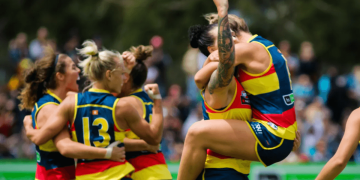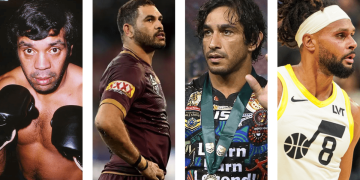Beyond the Game: Australia’s Sporting Obsession
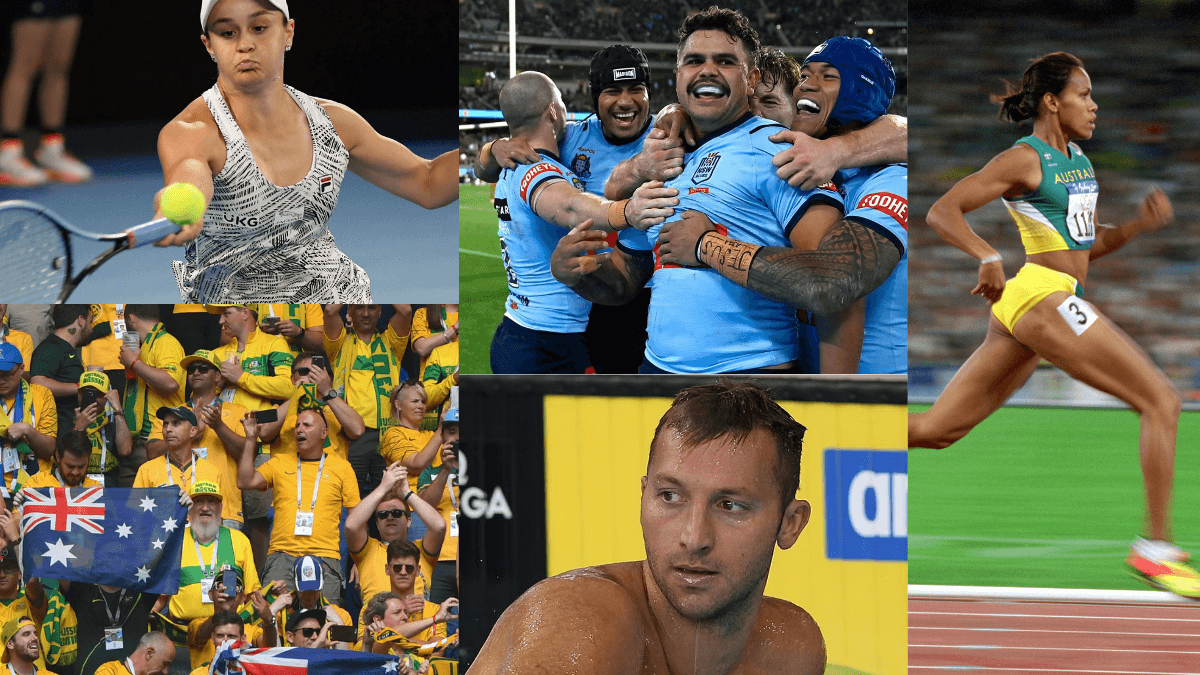
Sport is far more than just a leisure activity in Australia as a cultural pillar, uniting force, and monument of endurance. Whether they are crowded around the TV for the AFL Grand Final or cheering the green and gold at the Olympics, Australians really engage in their sports rather than merely watch them. From grassroots to elite international events, the nation’s strong love of sporting events has confirmed its rank among the most sports-obsessed countries in the world.
This obsession is on the Australian sportsmen who have attained legendary reputation and turned into household icons. Stories of triumph and tragedy, they inspire next generations to reflect on the tenacity, burning pride, and national competitive spirit. This essay explores how Australia’s great sports obsession still shapes Australians’ identity and its cultural importance.
The Historical Roots of Australian Sports
Australian sports’ roots are in the nation’s colonial past. Games like cricket, rugby, and horse racing carried by British immigrants gradually permeated the social fabric. Early in the 20th century, local modifications like Australian Rules Football emerged, transforming distinctly Australian sporting codes that flourished all across states.
Geographic isolation of Australia also had a part; sports became a means of celebration of identity, connection, and community building. Immigration following World War II changed the scene of sports by bringing martial arts and soccer to the mainstream. Australia today has a multi-sport culture whereby basketball, soccer, and surfing take front stage among cricket, AFL, rugby, swimming, and tennis.
Sport as National Identity

Image Source: Source: National Rugby League
You cannot talk about being Australian without referencing sports. Athletes reflect the values Aussies cherish—courage, humility, fairness, and determination—from the larrikin spirit of an underdog rugby league team to the grace of an Olympic swimmer. Sporting events like the Boxing Day Test, the Melbourne Cup, or the NRL State of Origin so halt the country in its tracks.
A great unifier, sport brings Australians from many origins, cultures, and states together. Cathy Freeman’s gold medal in the 400m during the 2000 Sydney Olympics was a defining moment of national pride and reconciliation rather than only a triumph for a female Australian athlete. It represented the inclusive, triumphant, and proud of its Indigenous heritage that Australia hopes to be.
The Backyard to Podium Pathway

Image Source: Australian Paralympic Committee/Australian Sports Commission
Australian sports are so important in part because of their accessibility. Most Australian children grow up engaged in sport: netball in the driveway, footy in the park, cricket on the beach. The lifeblood of Australian sports is local clubs, which develop community relationships and talent. For many, weekend games are social events rather than only about the game.
This participatory culture shows up as performance. On the international scene, Australia punches much above her weight. Just over 26 million, it regularly ranks among the top tiers of Olympic medal counts, Grand Slam tennis victories, and international cricket rankings. It’s evidence of the strong talent pools, grassroots investment, and unrelenting national devotion.
Iconic Australian Athletes and Their Legacy
Over the decades, certain Australian athletes have transcended sport to become national legends:
Don Bradman
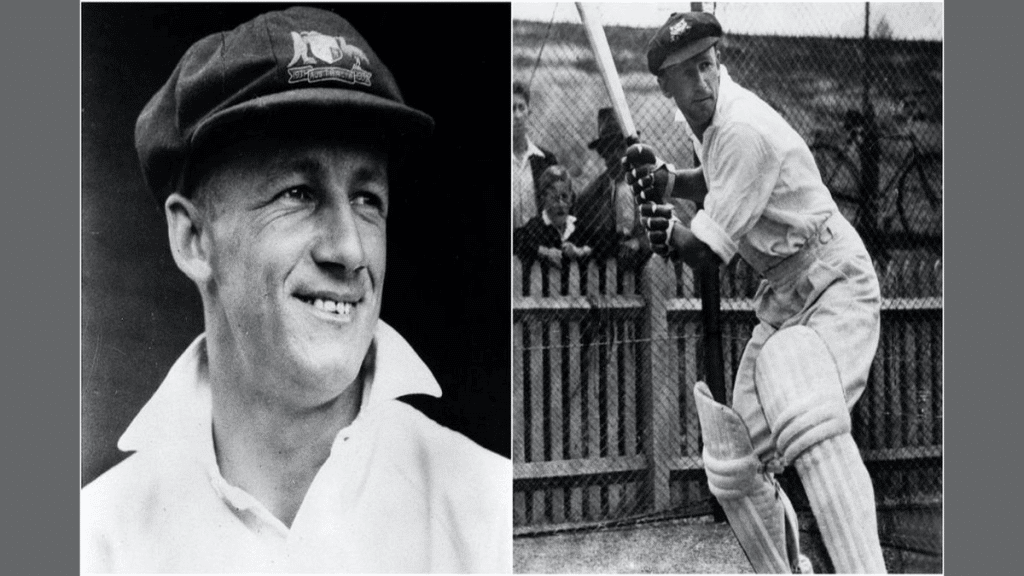
Image Source: Image Source: The Statesman | Photo: Twitter/@ICC
Cricket’s greatest batsman whose legacy still echoes in backyard games today.
Cathy Freeman
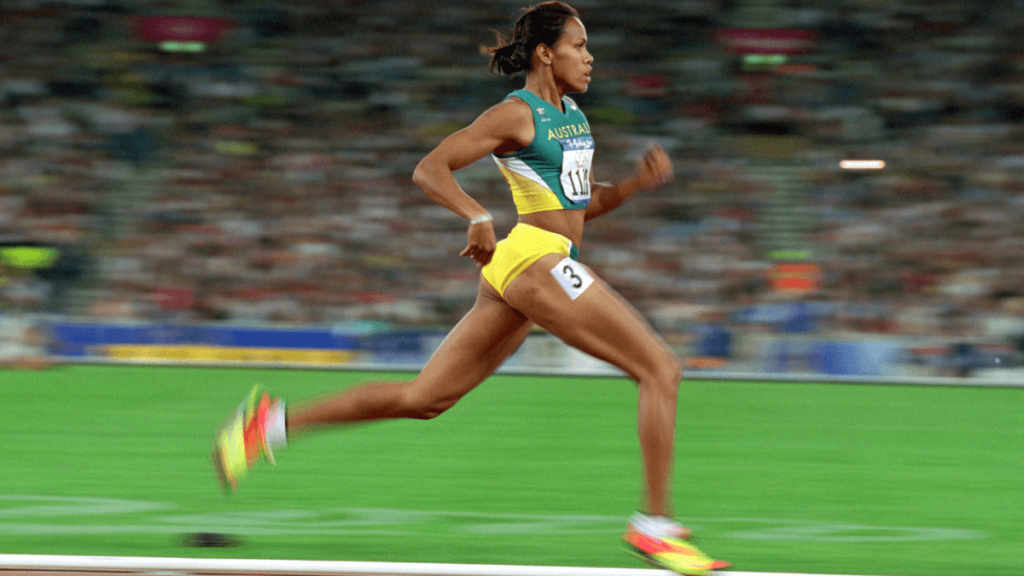
Image Source: Getty Images
Olympic gold medallist and trailblazer for Indigenous Australians.
Ian Thorpe
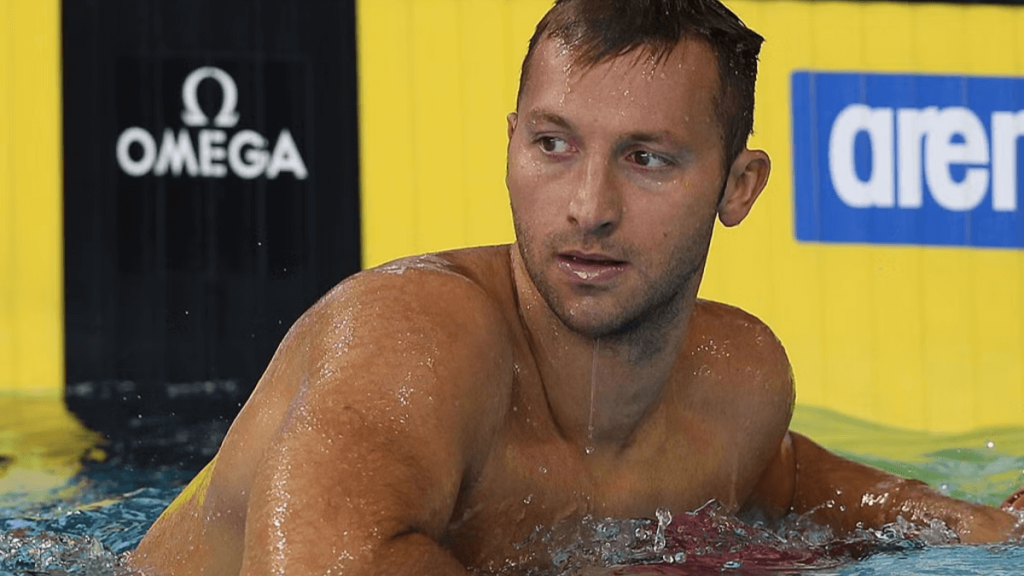
Image Source: Getty Images
“The Thorpedo” made swimming an Australian staple.
Ash Barty

Image Source: Andy Brownbill/AP
Tennis star who redefined sporting success with grace and humility.
Lauren Jackson
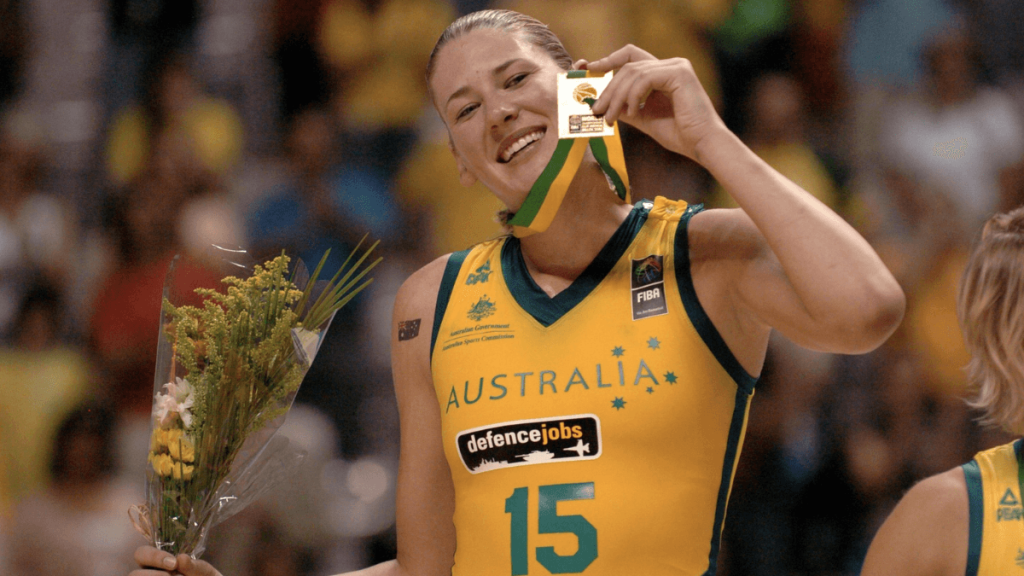
Image Source: The Sporting News
A basketball powerhouse and symbol of women’s excellence in sport.
Sam Kerr

Image Source: Adam Davy / AP
Leading the Matildas with unmatched skill and passion on the world soccer stage.
These athletes embody the very best of Australian sports. Their stories are etched into textbooks, documentaries, and schoolyard folklore. They’re proof that greatness often begins in humble places, driven by relentless dedication and a nation that rallies behind its own.
Women in Sport: Breaking Barriers, Winning Respect
Australia’s fixation on sports is not only a guys’ club these days. Australian women athletes are seizing center stage unlike they have ever done. From AFLW’s ascent to the worldwide influence of the Matildas, the story is changing toward more equity, exposure, and support.
Redefining what it means to be a champion are women like Ellyse Perry, Emma McKeon, and Sally Pearson. Though it catches up later, the media is highlighting their stories more and more. Women’s leagues are being invested in by businesses, supporters, and organizations helping to remove long-standing obstacles.
Australia’s love of sports is changing to be more inclusive—and better for it.
The Role of Sports Media in Feeding the Frenzy
Any Australian TV will probably show a sporting event, analysis, or highlights reel when you turn on it. Australia’s sporting enthusiasm is much enhanced by the media. Watercooler chats and dominant news cycles are fed by shows including The Footy Show, Offsiders, and Matty Johns Podcast.
Regularly drawing millions are live broadcasts of AFL, NRL, cricket, and the Australian Open. Australians wake at strange times, crowd sports bars, and wave the flag with unparalleled passion when Australian athletes compete worldwide.
Platforms like TikHub, YouTube, and Instagram have been vital in the digital era for matching younger consumers with sports. More than ever, Highlights go viral, memes become events, and athletes become influencers integrating sport into daily life.
Major Sporting Events: National Spectacles
There are a few dates every Australian marks on the calendar without needing a reminder:
- AFL Grand Final (September) – Victoria’s holy day of footy.
- NRL Grand Final (October) – NSW and Queensland’s battleground.
- The Ashes – Cricket’s most storied rivalry against England.
- Australian Open (January) – Grand Slam glamour meets summer sizzle.
- Melbourne Cup (November) – “The race that stops a nation.”
- State of Origin – Where interstate rivalries peak and pride is on the line.
These events transcend sport. They’re social institutions, moments when the country pauses, parties, and proudly debates refereeing decisions over sausages and beers.
The Underdog Spirit: Why Aussies Love a Battler

Image Source:
Australia’s love of the underdog drives its sporting frenzy. The “battler”—someone who challenges expectations with heart and hustle—is quite dear to many cultures. Aussies enjoy a good surprise whether it’s Steven Bradbury’s unannounced Olympic gold or a wildcard tennis player toppling a seeded giant.
This attitude fits national values: egalitarianism, fortitude, and never giving up. This is why Australian athletes sometimes leave as heroes even in loss.
Sport as Social Change
Sport in Australia questions conventions, heals, and educates as well as entertains. From addressing racism to boosting mental health awareness, Australian sports are being more and more used as venues for social impact.
Cricket’s multicultural projects, NRL’s Voice, and the AFL’s Indigenous Round point to how sport is being used to further equality and inclusion. Using their platforms, sportsmen such as Patty Mills, Taylor Harris, and Nic Naitanui have started important dialogues on gender equality, identity, and belonging.
Sport is a potent tool for development, transcending mere game play.
Challenges Behind the Glory
Despite its triumphs, Australia’s sporting landscape faces its share of issues:
- Mental Health of Athletes – The pressure to perform can lead to burnout, depression, and anxiety.
- Diversity and Access – Not all communities have equal access to sporting resources.
- Pay Inequality – While women’s sport is growing, gaps in pay and sponsorship remain.
- Concussion and Safety – Contact sports are increasingly scrutinised for long-term health effects.
These challenges require attention if the obsession is to remain healthy, inclusive, and sustainable. Thankfully, sporting bodies and fans alike are beginning to address them head-on.
The Future of Australian Sports
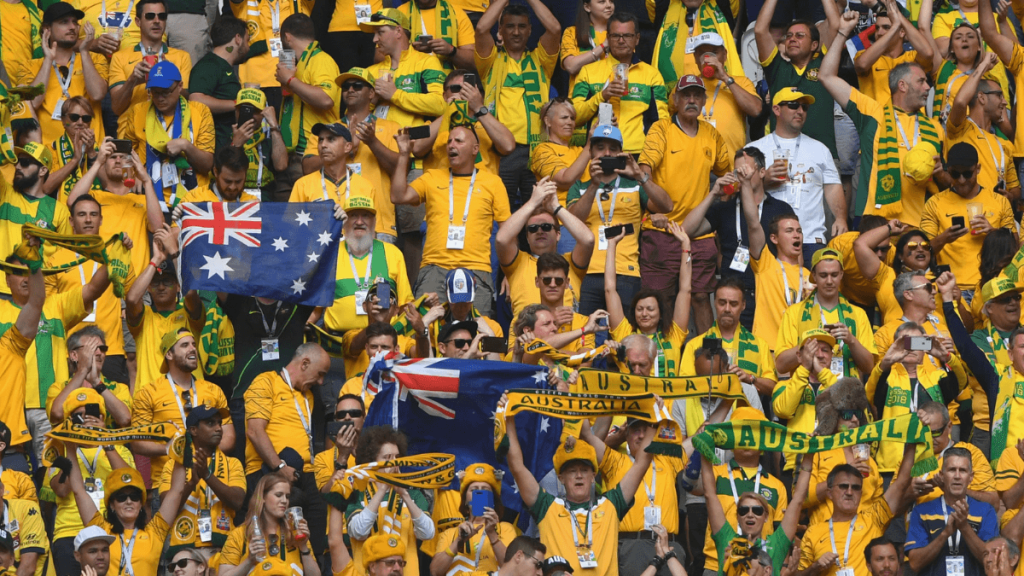
Image Source:
Looking ahead, Australian sports are about to start an interesting chapter. Technology is transforming analysis, fan experiences, and training. Esports are becoming respectable. Environmental sustainability is rewriting the staging of events.
The Brisbane 2032 Olympics loom big as a generational event capable of redefining Australia’s worldwide sporting reputation. Key will be investments in youth development, infrastructure, and inclusive engagement.
The nation’s sporting addiction shows no sign of diminishing as new icons emerge and old records fall. It changes, much as the nation does.
Conclusion: A Nation United by the Game
Sport in Australia is a language, a history, a way of life, not only a game. From weekend warriors to global champions, Australian athletes inspire, mediter, and help to define our country.
These events bind us whether they be the noise of a crowded MCG, the delight of a suburban footy win, or a swimmer’s hand touching the wall in Olympic success. Australia’s sporting fixation is a potent reminder that pride, passion, and endurance run deep in our country whether we are winning or losing.
Australia will be there—cheering, sweating, believing—as long as there is a ball to kick, a wave to ride, a finish line to cross.




